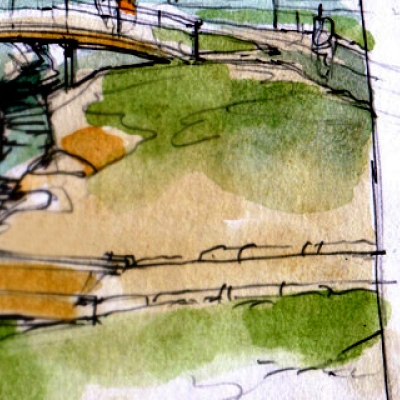
#ForewordFriday: Energy Sprawl and Wildlife Conservation
By Katharine Sucher / On July 7th, 2017
A growing energy footprint requires careful thought about our world’s energy mix, but even a renewable energy future is not necessarily a green one. Many renewable energy sources have a large footprint which can threaten biodiversity and conservation. With rising energy demands around the world expected to convert one-fifth of remaining natural lands, is it possible to balance energy development with biodiversity protection?







